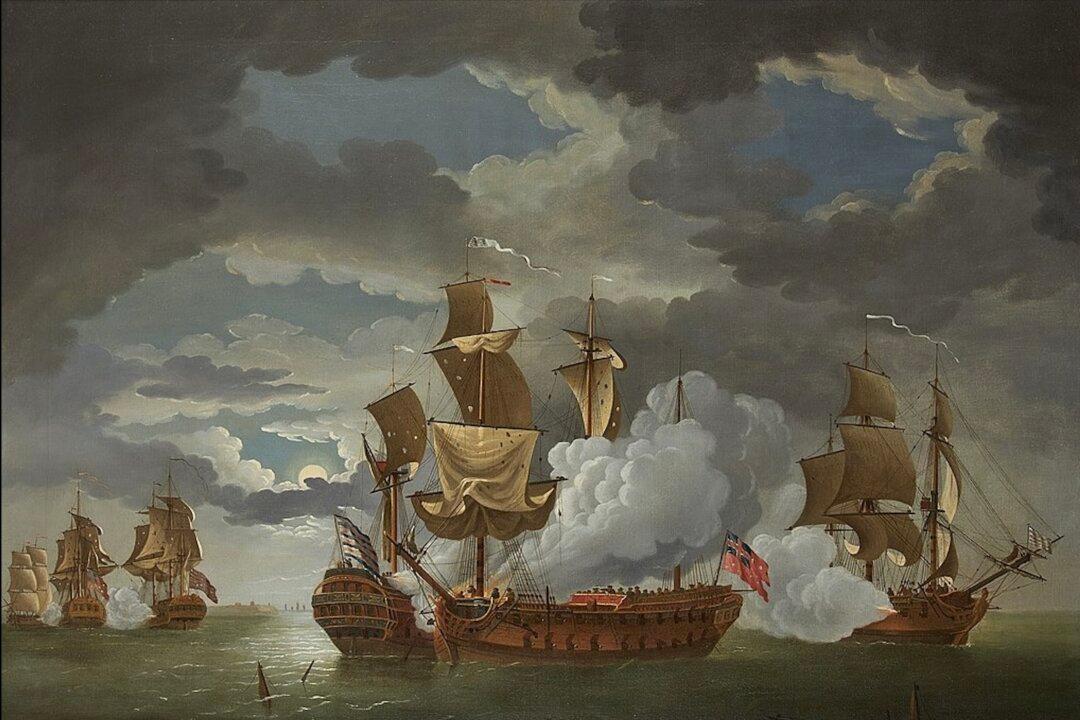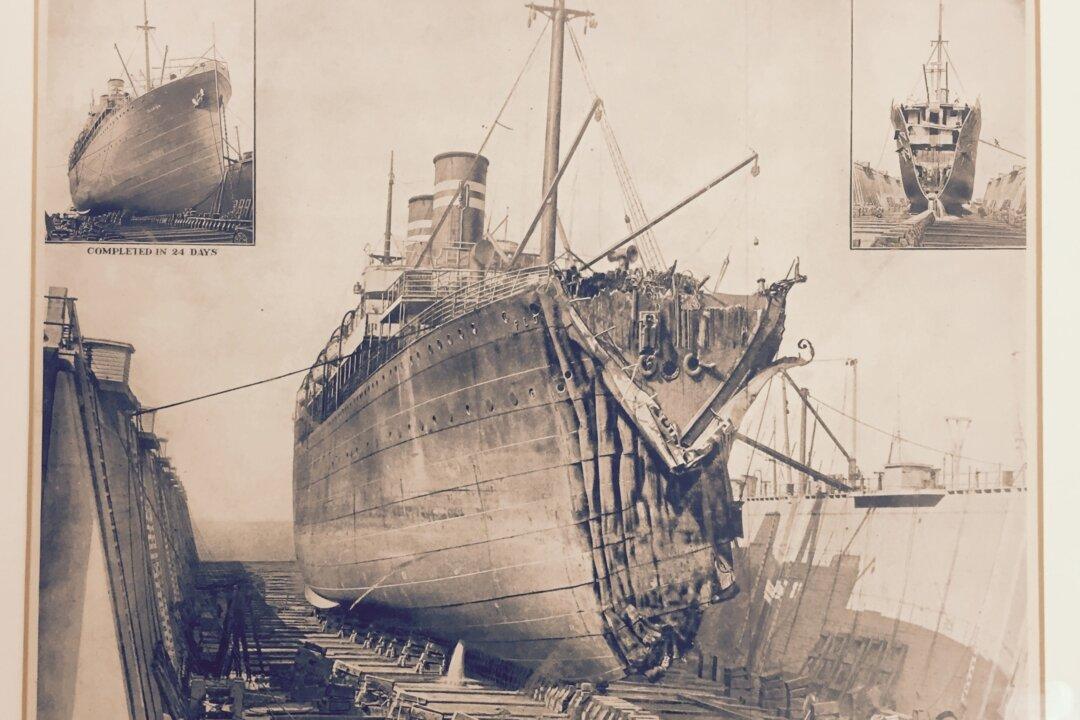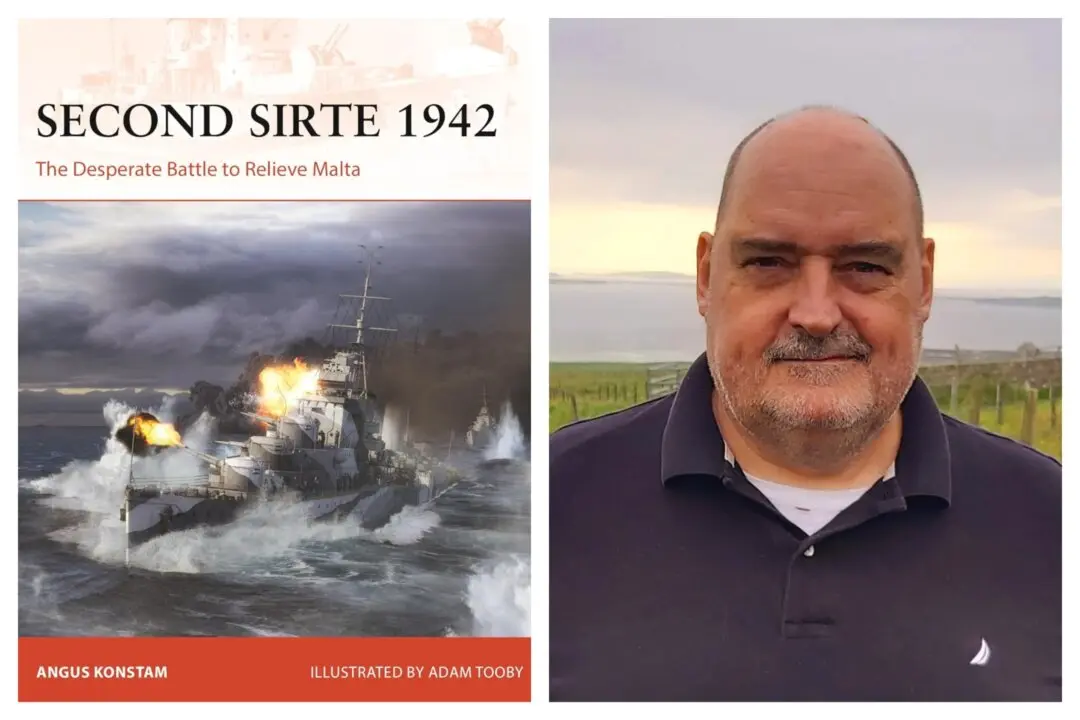Four ships of the Continental Navy slowly coasted along the eastern seaboard of England. Led by John Paul Jones’s Bonhomme Richard, the Alliance, Pallas, and Vengeance moved with the slight south-westerly wind.
Jones and his small squadron had been hunting British ships for months with middling success, capturing a few prizes, including the sloop HMS Drake. But he had made enough of a disturbance to put the English citizens in an uproar about their coast’s vulnerability. His crew inflicted this fear when it invaded Whitehaven, a small port town on the west coast of Scotland (where he had grown up and began his maritime career).






